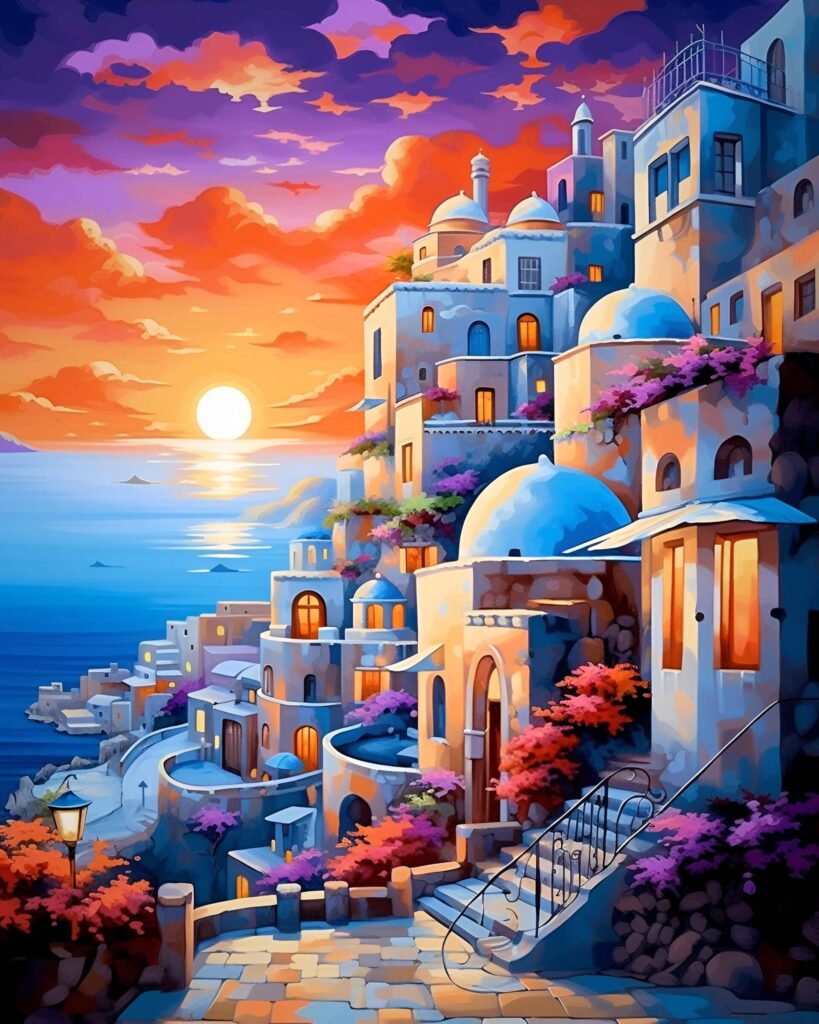AI art generators utilize AI and machine learning algorithms to make unique images with different simple input. These tools can improve the efficiency and price of some creative processes, but concerns linked to ethical use is highly recommended for business use cases.

AI art generators are tools designed to use artificial intelligence algorithms and technologies to produce visual artwork. These solutions have grown to be popular among users of all experience levels, from hobbyists to professional artists. The range of creative features and editing options offered by AI art generators in addition have drawn the attention of companies for a lot of purposes, including strengthening brands through visual content generation.
This post addresses the superior questions everyone has about AI art generators, including the way they work, their features, benefits and challenges. So continue reading to find out more on AI art generation and the way power tools harness artificial intelligence to produce users’ visions a real possibility.
Just how do AI art generators work?
AI art generators utilize machine learning ways to generate unique and original artwork or enhance the creative process for users. As the process of starting a desired output is easy for users, often involving inputting information as a text prompt, based on the AI art generator, it’s a little more complicated for the back-end.
Before an AI art generator could possibly get so much that it will take simplistic input and morph it into a unique image, it must undergo training on specific datasets throughout its development process. AI generators use machine learning algorithms and deep neural networks to find out depending on the training data and thereby become able to generate new output utilizing this information.
In the case of AI art generation, an AI art generator is trained using provided data available as existing artwork and images. Through deep learning techniques, the software program becomes in a position to recognize the relationships inside the data and identify patterns. It may then utilize this knowledge to produce the specified output with different text prompt or another querying method.
For more details about artificial intelligence art explore this webpage
